Why we shred $1 million in cash every hour
NO, THIS is not a metaphor. Every hour, the Australian Government takes $1 million dollars worth of cold hard cash and shreds it.
EVERY hour, the government takes a million dollars worth of cold hard cash — a mix of five-dollar notes, $10s, $20s, $50s and $100s — and shreds it.
This is not a metaphor. We’re not talking about how government is wasteful. It literally shreds a million dollars worth of banknotes every hour.
Then it sends the shreds off to a furnace where they are melted down. Nobody can be allowed to tape them back together.
They do this every hour, all year. And they used to do more. In the early 1990s they destroyed multiple millions of dollars an hour. This official graph shows banknote destruction is actually at record lows.
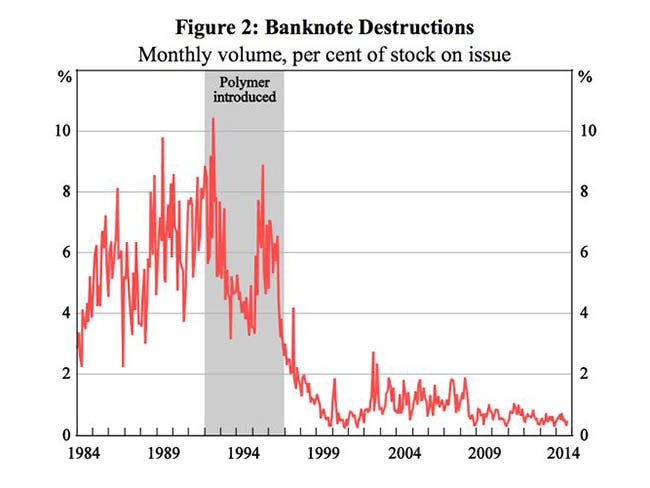
As you’ve probably guessed by now, the reason for the destruction is simple. Keeping our cash fresh.
When you go to an ATM you almost never get a shabby banknote. Sometimes they are not quite crisp, but they are normally in good nick.
This is why.
All the money we use is put through advanced high-speed machines that use cameras and other technology to judge quality. The banks and armoured guard companies do this regularly because the government demands it.
If the cash is still good, out it goes again. If it’s torn or worn, it gets sent off to an official facility in the industrial outskirts of Melbourne where it comes face-to-face with the shredder.
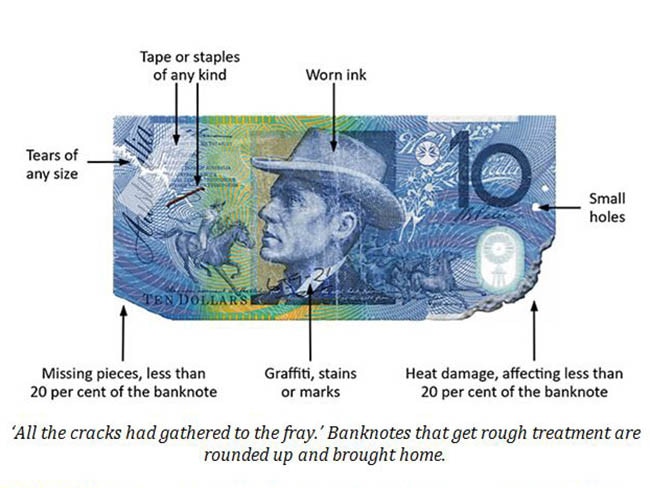
That facility, as you can imagine, is super secure. They are very secretive about the full details, but there are high fences. Barbed wire. Cameras. Identification systems for employees. Guards. And they track every last banknote.
The shredding facility is at the same place that makes our new banknotes — Note Printing Australia.
When the shredded banknotes are melted down, they make pellets of plastic and sell them to companies that make things like plumbing. The pipes in your bathroom might be partly made of old money.
If you get a bad banknote, you can even send it in yourself. They have special rules for determining how much they’re worth. If you send in a $10 note and half of it is missing, they’ll give you $5. If you have three quarters of a $20 note, they’ll give you $15, etc. But don’t go cutting it up yourself: damaging the currency is an offence under the Crimes Act.
Our plastic banknotes (an Aussie invention) last a lot longer than the old paper ones. Eight times longer, in fact. Which is why the government has to destroy less money now.
But if you’ve got paper banknotes tucked away they are still legal tender. You can spend them or swap them for new money.
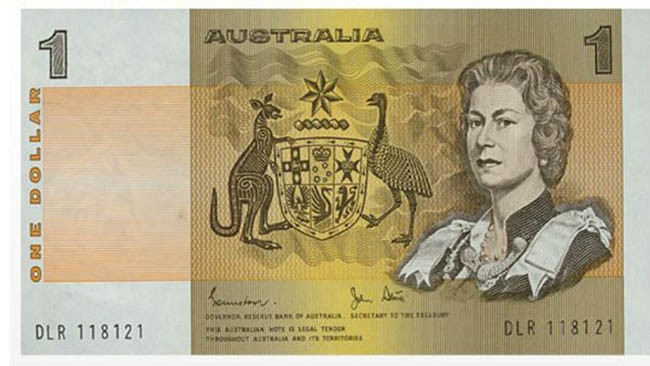
You can even exchange pre-decimal banknotes. A one-pound banknote can be swapped for $2. But you’d be much better off trying to sell it (they can be worth a fortune), or passing it on to a curious child.
If you hold onto old banknotes long enough, they can be worth a lot. Banknotes keep changing because technology keeps changing.
In the next decade or so, the government will try to slowly get back all the existing cash in Australia and shred it all.
They’re replacing our current banknotes, which first came out between 1992 and 1996, with a new set.
Our banknotes are very hard to counterfeit. The total value of fakes detected last year was just $1 million. That’s tiny — but growing.
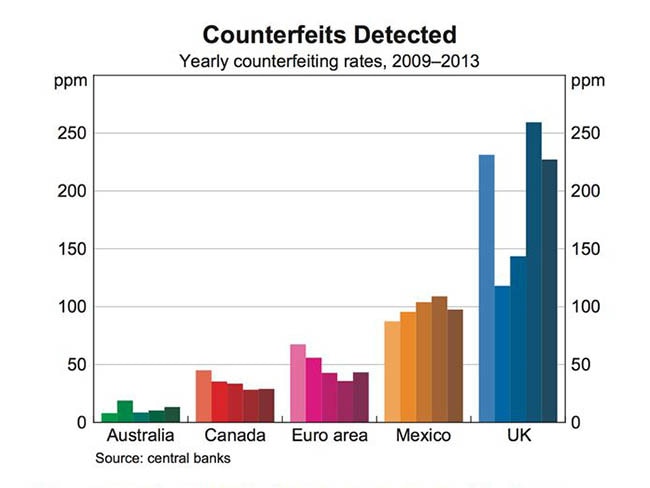
The new banknotes will feature even stronger security protection and little lumps to help the visually impaired know what note they are holding.
The government is designing and testing the new generation of banknotes to make sure they’re up to scratch. That includes some pretty important tests, like can they survive a few rounds in the wash?
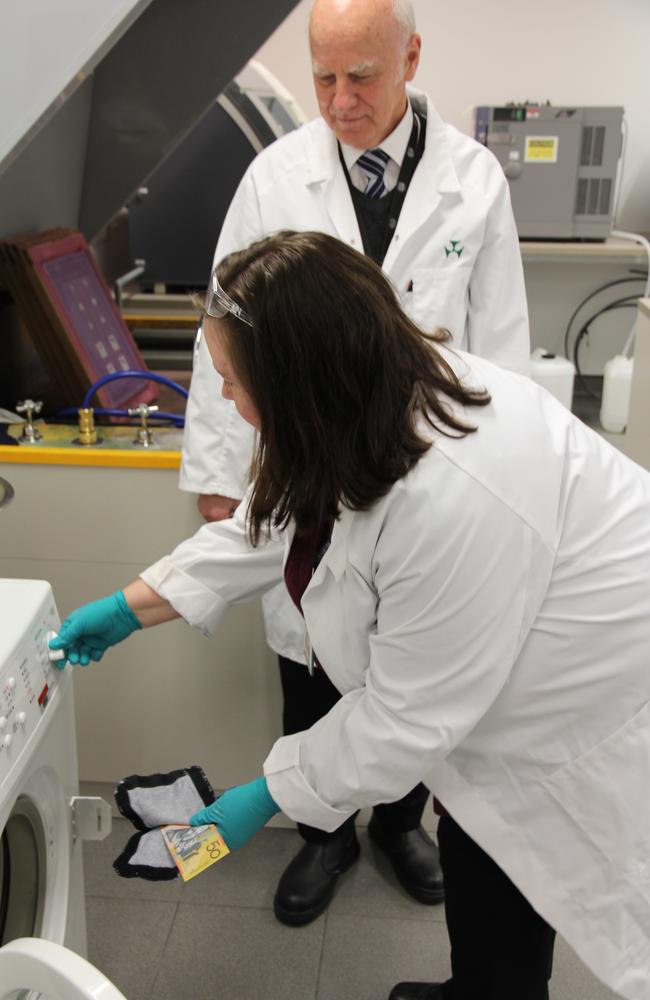
The government might be happy to destroy cash money, but that doesn’t mean they want us to do it by mistake.




